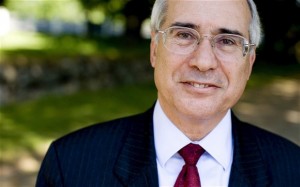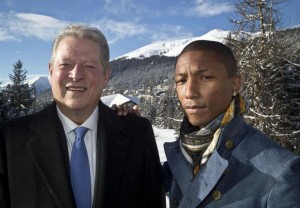“WHO’S PAYING FOR THIS?” Script 3.8. Written By Robert Lundahl 415.205.3481
CUT TO: HISTORIC SCENES, BAY DELTA FARMING.
DISSOLVE TO: SERIES OF CUTS: TUNNEL PROJECT RENDERINGS. FRACKING WELLS, PROTESTERS HOLD NO FRACKING SIGNS. LAWNS BEING WATERED SOUTHERN CALIFORNIA
NARRATOR: Governor Brown’s proposed $60+ billion twin-tunnel project would divert water from The Bay/Delta Estuary, from salmon fisheries and recreational activites, from productive family farms, and diversified agriculture, to land speculation in Riverside County, to BIG AG. What does that mean for you?
DISSOLVE TO: SHOTS OF DOWNTOWN LA, VALLEY NEIGHBORHOODS SMOG, GAS STATIONS
NARRATOR: Because of conservation measures, Los Angeles uses the same amount of water it did 20 years ago. Now with the money going to the latest pipe dream, there may be no money to invest in local infrastructure, such as water reuse and recycling. Rainwater capture and conservation education.
With a 60 Billion dollar price tag, the costs are ASTRONOMICAL to all of California.
CUT TO: HISTORIC SCENES, BIG DIG. BAY BRIDGE RETROFIT
NARRATOR: Bigger than the Big Dig.
GRAPHIC: 24 BILLION.
NARRATOR: Bigger than the Bay Bridge retrofit.
GRAPHIC: 250 MILLION.
DISSOLVE TO: SERIES OF CUTS: WATER IN THE CANALS HEADING SOUTH.
CUT TO: DRY LAWNS, DRY HILLS, NEWSPAPERS DESCRIBE WATER USE CUTS.
NARRATOR: Currently, millions of gallons of water from the state water project — that rate- payers have already paid for — go to the highest bidder. Big Business.
GRAPHIC: 60 BILLION. BACKGROUND IMAGE – MONEY PILES UP (STOCK ANIMATION)
YOUNG MAN STANDS BEFORE CAMERA.
NARRATOR: Four years into the worst drought in the state’s recorded history, the state’s residents are scared.
STAND UP INTERVIEW WITH YOUNG MAN: “Who’s going to pay for this? What’s my future? Leave the state? This is a total scam.”
STAND UP INTERVIEW WITH OLDER WOMAN: “The California Dream is O-V-E-R if Brown gets his way.
RELAXED DISSOLVE – TO MONTAGE SCENES OF WATER FLOWING THROUGH TRIBUTARIES AND ALONG THE BANKS OF THE SACRAMENTO, DELTA WETLANDS, BIRDS, FISHING.
NARRATOR: The Sacramento/San Joaquin Bay Delta is where BIG AG wants to get its water. A vast river and marine estuary system for the entire San Francisco Bay Area Region, and the State of California.
GRAPHIC: 60 BILLION.
MONTAGE BIG AG, OIL AND GAS WELLS BAKERSFIELD, HORIZONS JAMMED WITH WELLS, DIRTY PARTS OF THE SAN JOAQUIN, INDUSTRIAL LANDSCAPES, CHEMICAL COMPOUNDS, HYDROCARBONS
NARRATOR: Not only does BIG AG take clean water, and mix it with 750 toxic chemicals, many of them carcinogens, it sends that dirty water deep underground to break rock for oil and gas production. It’s called fracking.
GRAPHIC: 60 BILLION.
MONTAGE: BIG AG Scenes.
NARRATOR: Central Valley agribusiness leases land to oil companies. These farmers-for-hire do their bidding. BIG AG works for BIG OIL. They’re not going to report a spill, unless they have to.
At a time when voters expect innovative solutions. This administration sticks to the same ‘ol same ‘ol. Contracts to cronys and big business.
GRAPHIC: 60 BILLION. BACKGROUND, CHEMICAL COMPOUNDS, HYDROCARBONS.
NARRATOR: When the farms lands don’t drain, and the San Joaquin Valley salts up, it can no longer be farmed. How much of its water will be used for speculative development?
Reports indicate that farmers are already irrigating with oil and fracking waste water. Why are we paying to pollute?
GRAPHIC: 60 BILLION.
TRANSITION – FLIP OR PAGE TURN – SHOTS GOVERNOR BROWN WITH OIL AND GAS EXECS, DOLLAR SIGNS DANCING, FAT CATS LIGHTING CIGARS, WILDLIFE RUNNING FOR COVER.
MUSIC UP: PUNK COVER OF CALIFORNIA DREAMING
NARRATOR: And the tunnel scam project that’s behind it has costs of its own: The 2013 Report on Affordability and Financing for the Bay Delta Conservation says $60 million or more. And THAT no longer includes a habitat conservation plan – meaning not just humans will pay the price. Series of cuts of pictures of native fauna. Cute animals.
MUSIC: PUNK COVER OF “CALIFORNIA DREAMING” EVOLVES INTO DISHARMONY, DISCORD, THEN POPS, CRACKLES, DROPOUTS AND FINALLY NOTHING.
CUT TO: STAND UP INTERVIEW YOUNG WOMAN
“They’re getting water very, very cheaply and they’re taking water away from farms.”
CUT TO: STAND UP INTERVIEW OLDER MAN
“In a time of water catastrophe, California is prioritizing unsustainable solutions over sustainable ones, like diversified farming in the Delta.”
NARRATOR: Who’s paying for this?
CUT TO: Ordinary homes on a residential street with a moon overhead.
SFX UP: CRICKETS.
OLDER WOMAN’S VOICE IS HEARD: This… is a nightmare.
SLOW FADE TO BLACK.
###



![Martin Collins, Regional Planner with British Columbia’s Agricultural Land Commission defends fracking as beneficial to livestock and farming. Sites in the US are known to use as many as 750 chemical additives, many of which are carcinogens Written by Robert Lundahl, Produced by Robert Lundahl. Originally published in TheECOReport.com. Part […] The Two Faces of Canadian Fracking](https://planet-rla.com/wp-content/uploads/2015/04/AAEAAQAAAAAAAAKlAAAAJDkzZDYyOTBmLWY0MjItNDQ4ZC1iOWRhLTg1MjFiNmYyNzQxZQ-980x561_c.jpg)
![Doublespeak on Government Policy Follows California Drought Revelations Written By Roy L Hales and Robert Lundahl. Originally published in TheECOreport. Part II of The ECOReport Earth Day Investigative Special Report on the Water/Energy Nexus. In addition to being one of the province’s most promising agricultural areas, the Peace River Valley […] Conflict of Interests: BC Allows Productive Agricultural Land to be Flooded for Site C Dam](https://planet-rla.com/wp-content/uploads/2015/04/AAEAAQAAAAAAAAMqAAAAJGM5YzUxZjlmLWFkMTQtNDgyZi04ZTFiLTNjZDI2YWJjNDAzYQ-980x561_c.jpg)

![ Climate Change, Politics & Agriculture in Canada’s Pacific Province Written By Roy L Hales and Robert Lundahl. Originally published in TheECOreport. Part I of The ECOReport/planet rl a Earth Day Investigative Special Report on the Water Energy Nexus. California’s drought is a North American disaster-in-the-making. Most of British Columbia’s […] Does BC Prioritize Fracking Over Food?](https://planet-rla.com/wp-content/uploads/2015/04/AAEAAQAAAAAAAANkAAAAJDY0NGZhMTZjLWZmYjUtNDJjMy1iYWU1LWY2MDlkMmE3ZDIzMA-980x561_c.jpg)


![By Robert Lundahl & Roy L Hales People tend to think of California’s drought as a local problem, only it happens to provide most of the North America with fruit and vegetables. When you consider that vegetables are mostly composed of water, one has to ask what will happen when it […] What Is California‘s New Normal?](https://planet-rla.com/wp-content/uploads/2015/04/IMG_6495-980x735_c.jpg)

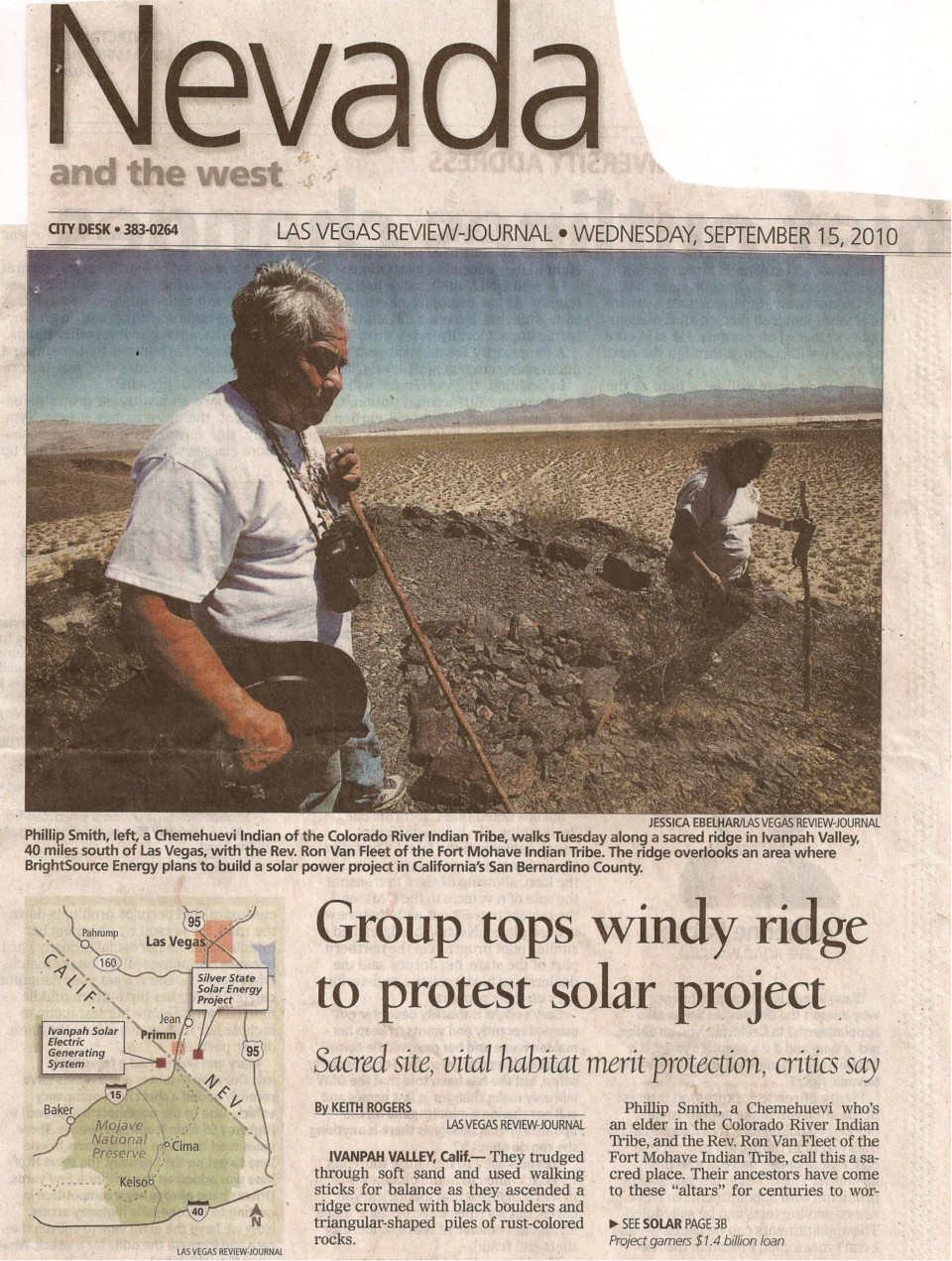
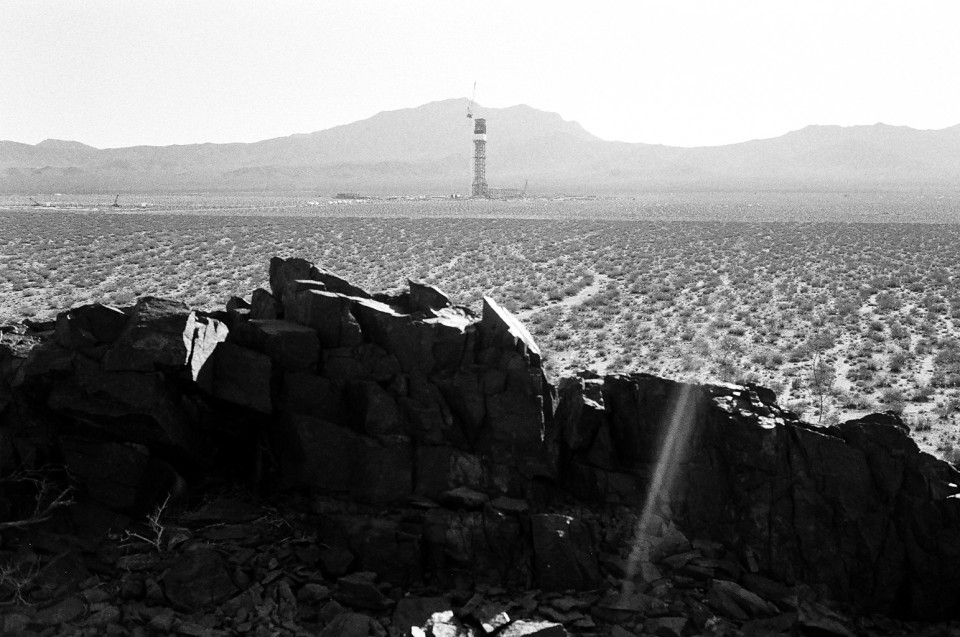
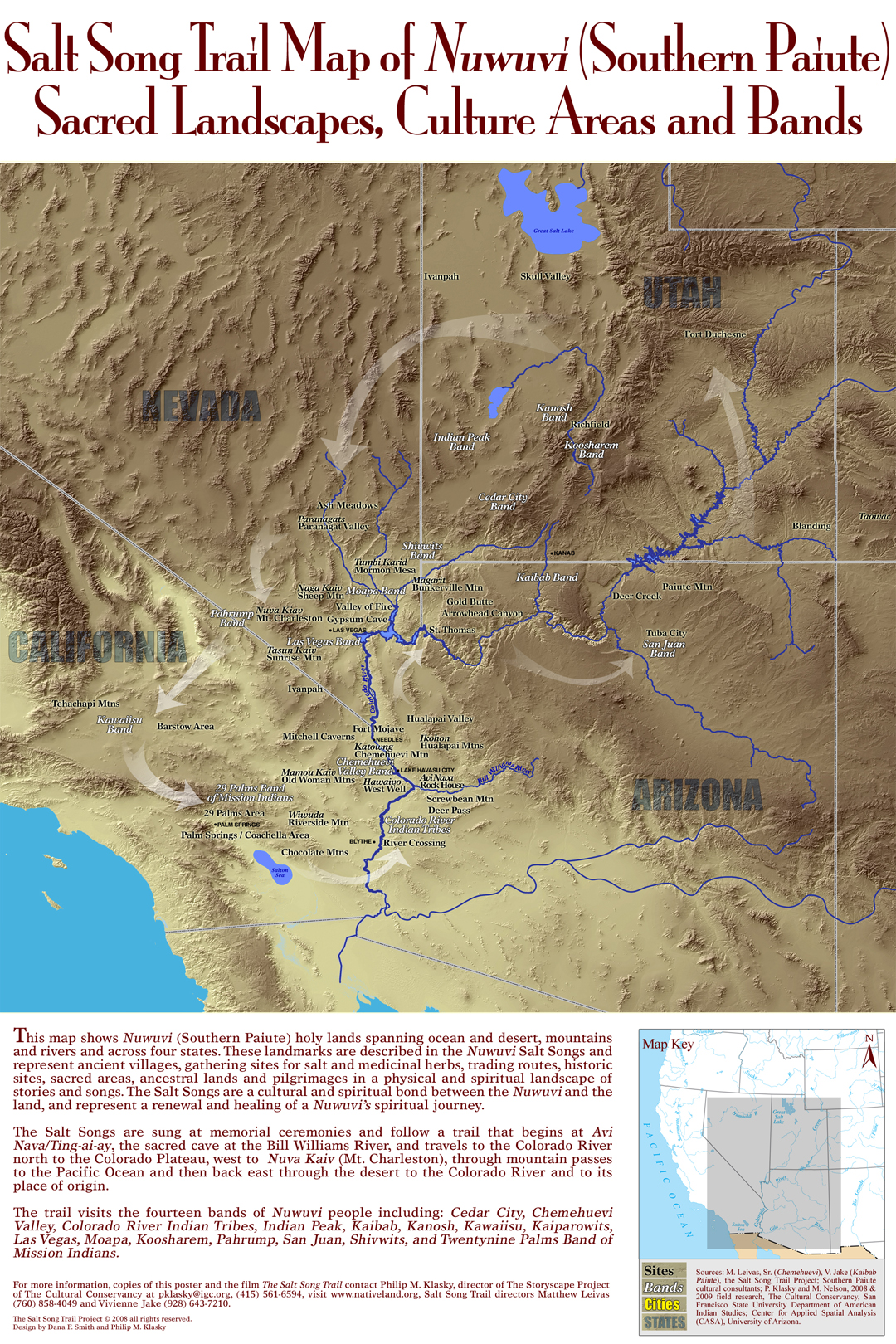


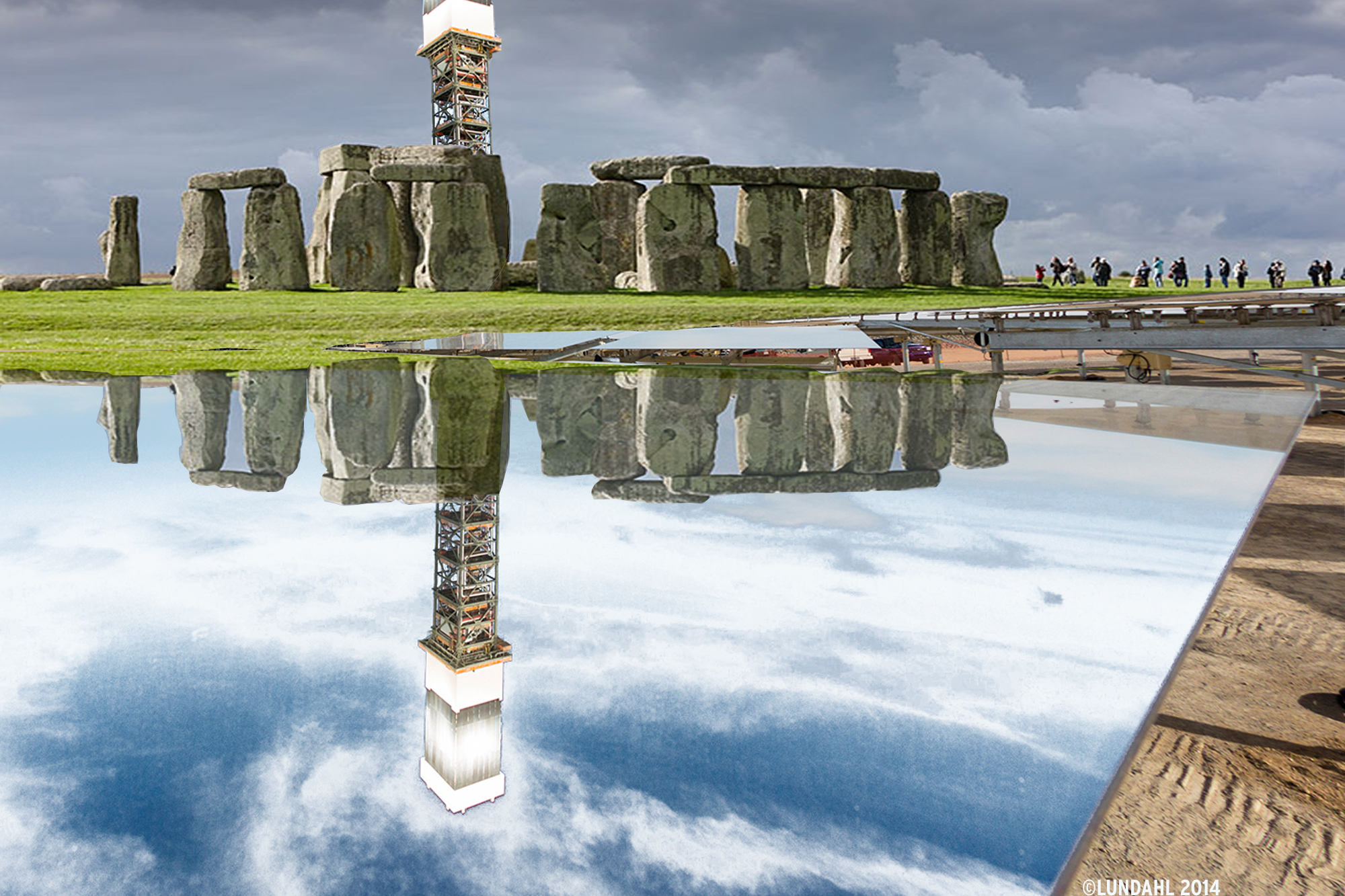

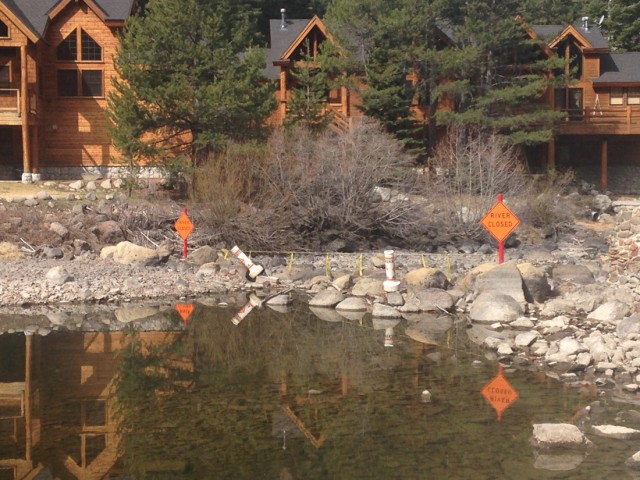
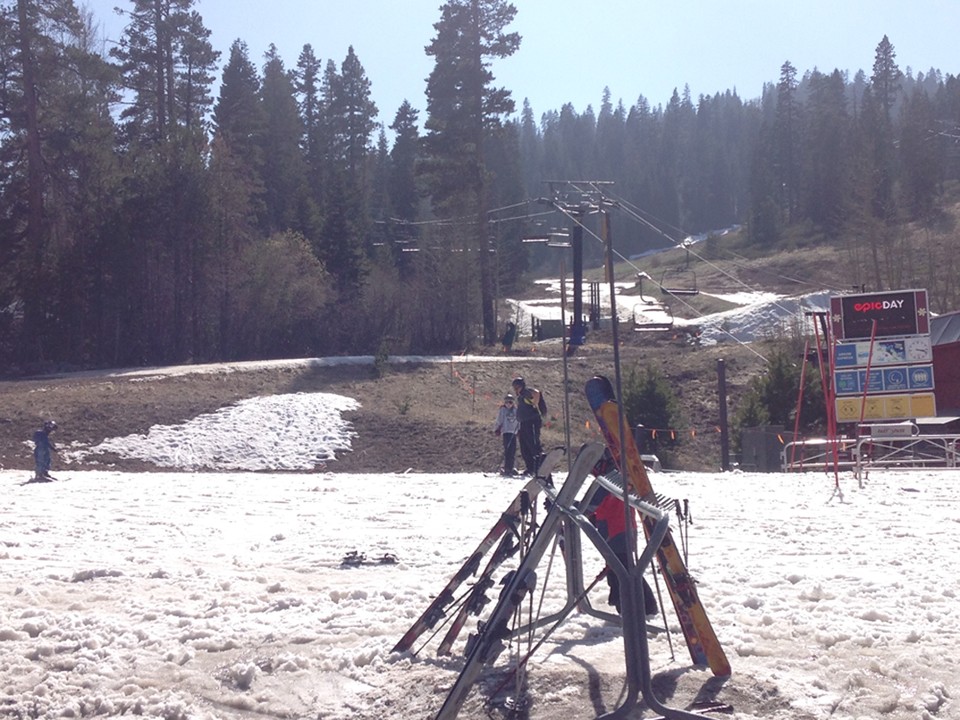
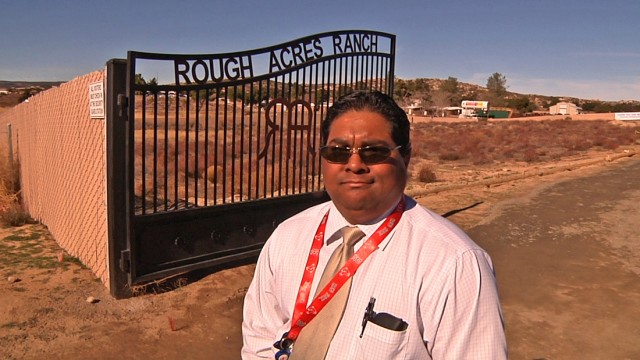
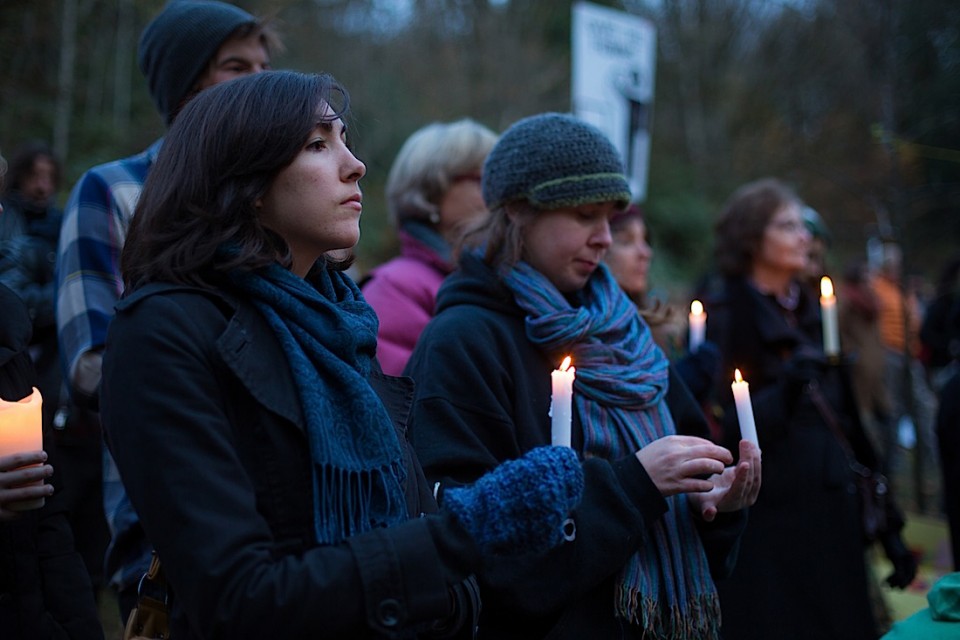
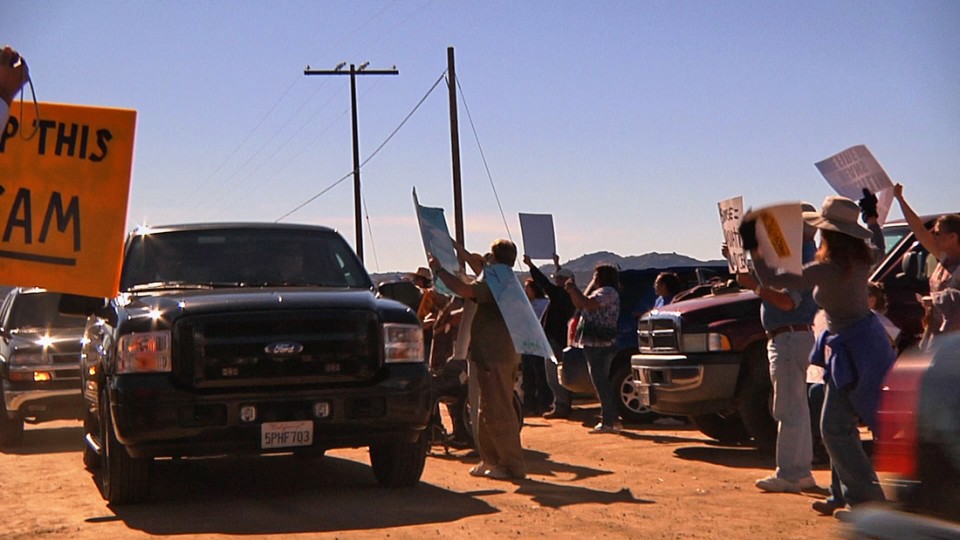
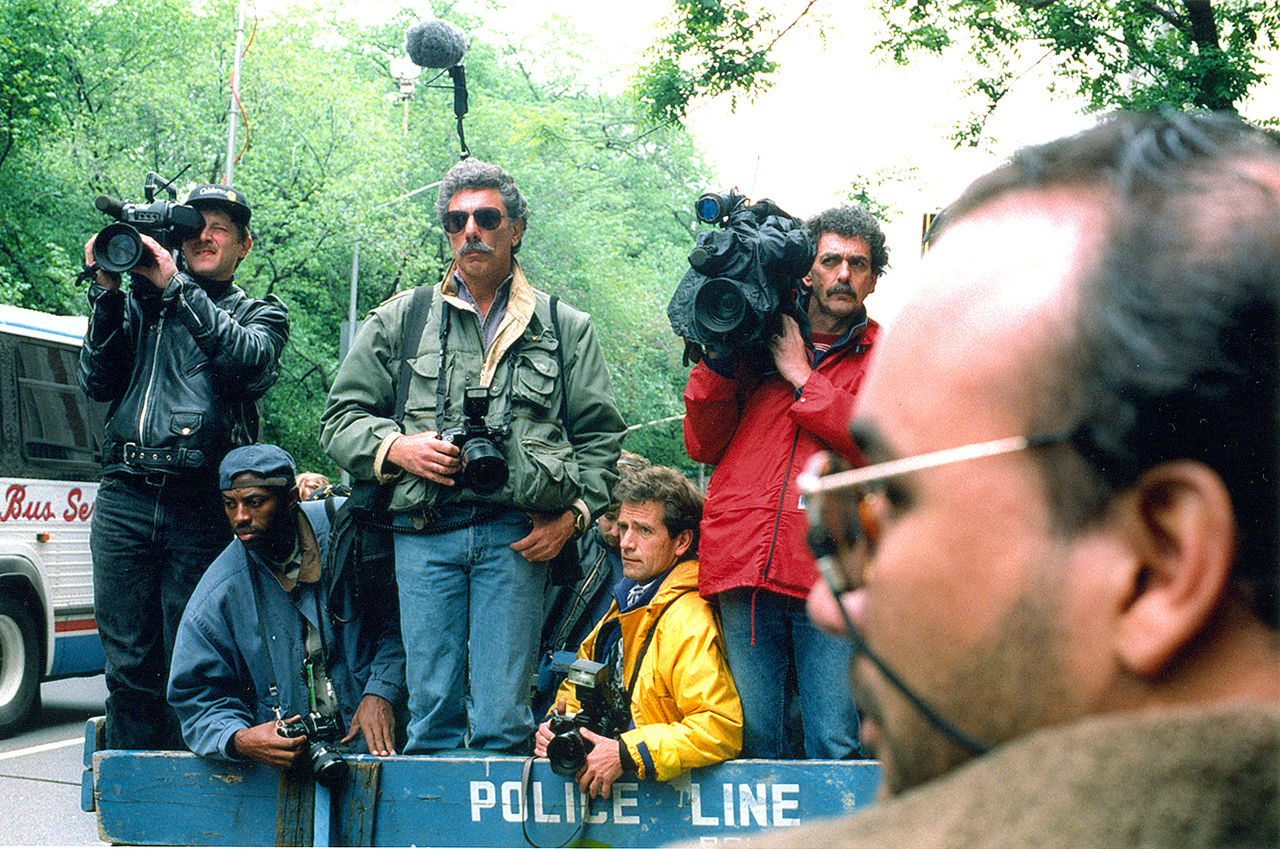
![ By Robert Lundahl Wappo was a restaurant in Calistoga I liked to visit during the dot com boom. Shortly thereafter it closed, a victim of the ups and downs of American boom and bust. Wappo is also a tribe of the indigenous inhabitants of the area. For those sunbathing […] Wappo](https://planet-rla.com/wp-content/uploads/2015/03/Wappo-Matron_1100-980x672_c.jpg)

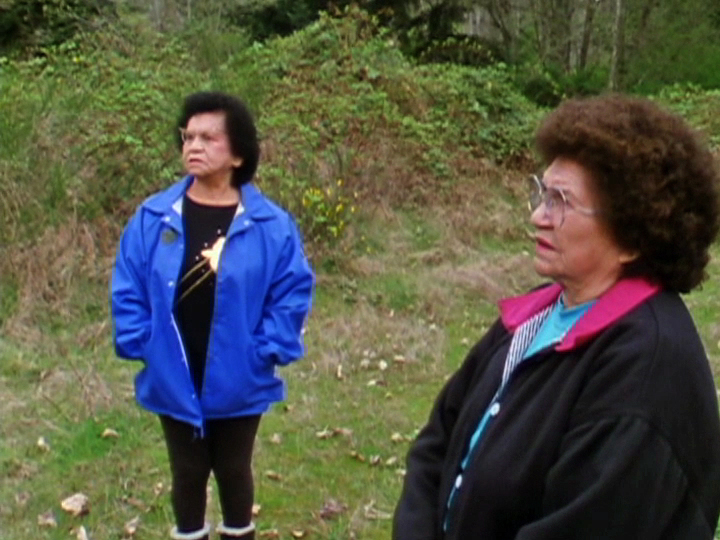


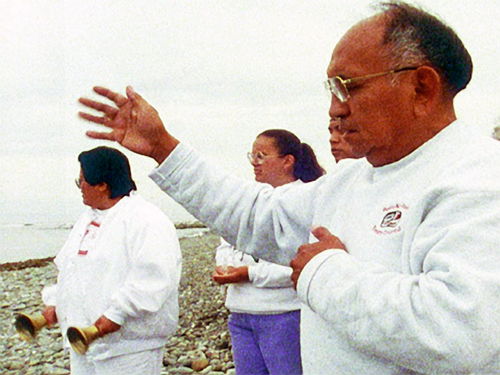
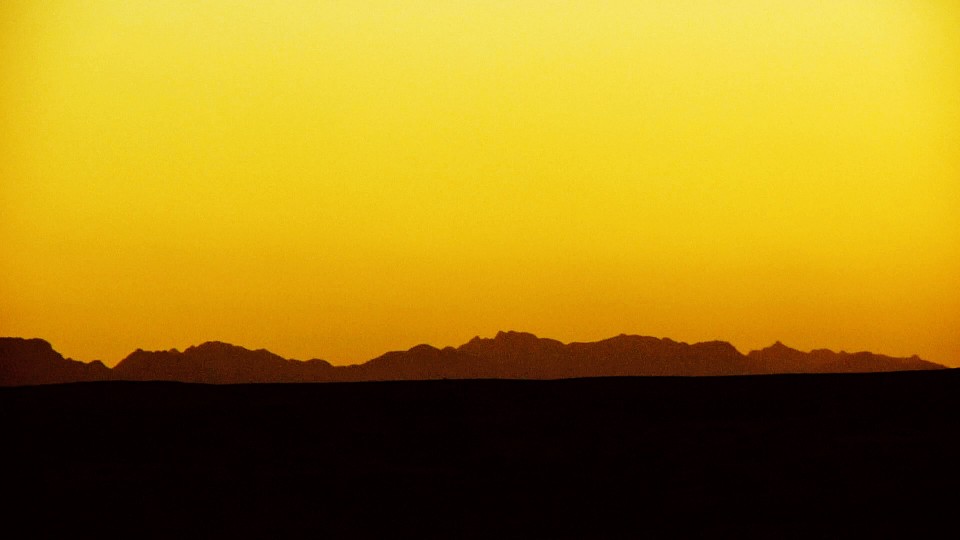
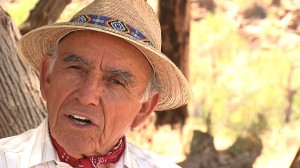
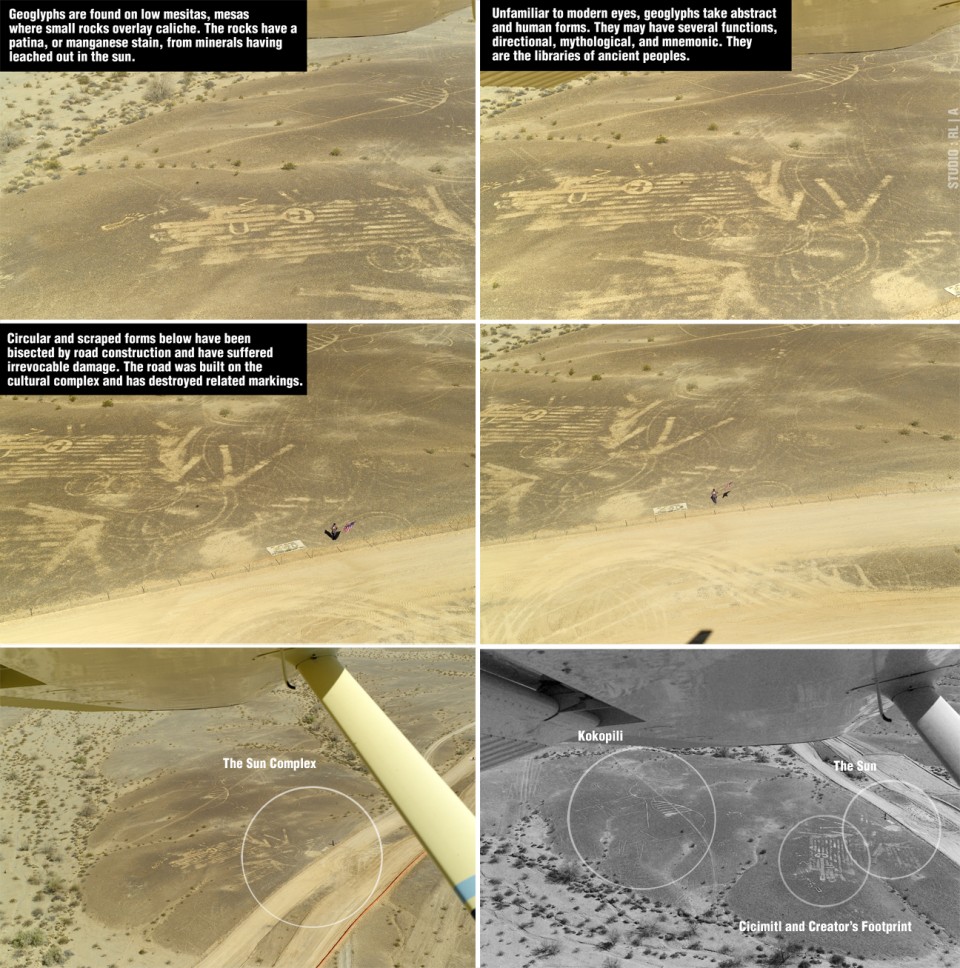
![1/30/15 Robert Lundahl & Associates Documentary Filmmaking Public Policy Communications 415.205.3481 LOOKING BEYOND THE MOJAVE DESERT’S DRECP (DESERT RENEWABLE ENERGY CONSERVATION PLAN), OPPORTUNITIES FOR OUTREACH AND COMMUNITY BUILDING Dialoguing with New Constituencies, Opening the Door to a Wider Conversation about Energy, the Environment and Culture, Critical Issues for our Future. […] LOOKING BEYOND THE MOJAVE DESERT’S DRECP, OPPORTUNITIES FOR OUTREACH AND COMMUNITY BUILDING](https://planet-rla.com/wp-content/uploads/2015/02/Charles_Wood1-980x551_c.jpg)





